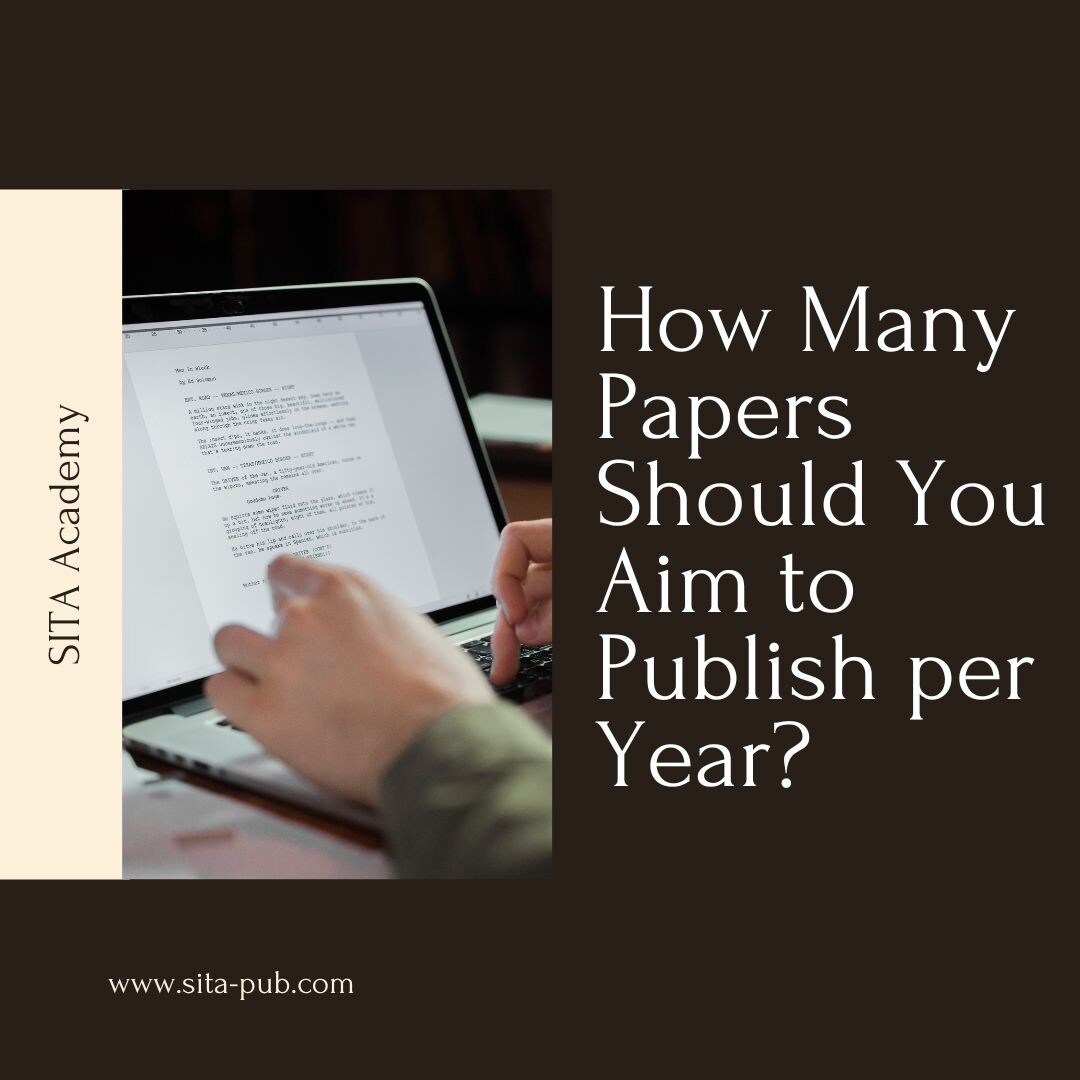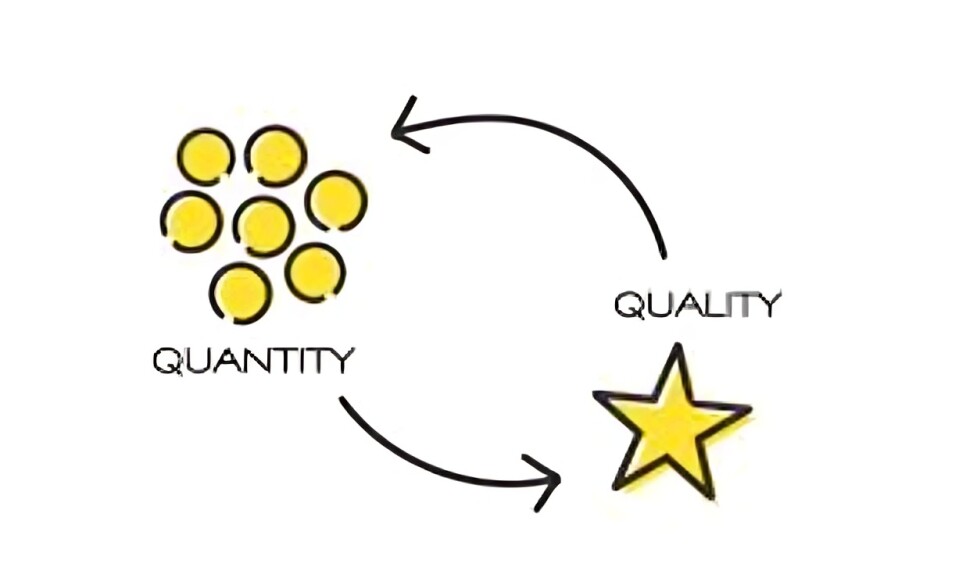How Many Papers Should You Aim to Publish per Year?


Determining how many papers to publish each year can be a daunting task for researchers. The pressure to produce high-quality work, meet career expectations, and navigate the competitive landscape of academia can make this decision particularly challenging. The ideal number of publications varies significantly based on several factors, including discipline, career stage, and individual goals. In this article, we will explore these aspects to help you set realistic and attainable publication targets.

Different academic disciplines have varying norms regarding publication frequency. For instance, in fast-paced fields like computer science or engineering, researchers often aim for multiple publications each year. This is due to the rapid advancements in technology and the need for continuous innovation. In contrast, fields such as history, philosophy, or certain areas of the social sciences may prioritize depth and thoroughness over volume, with one or two high-quality papers being more common.
Understanding the expectations in your specific discipline is crucial. Familiarize yourself with the publication patterns of respected journals and the output of leading scholars in your field. This will give you a clearer picture of what is considered a reasonable target for your own publication efforts.

Your career stage significantly impacts your publication goals.
PhD Students: As a doctoral candidate, your primary focus should be on producing quality research that contributes to your dissertation. Aiming for one or two papers during your studies can be a realistic target. These publications can establish your credibility in the field and enhance your academic profile.
Postdoctoral Researchers: Once you transition to a postdoctoral position, the expectations typically increase. At this stage, aiming for two to four publications per year can help build your CV and demonstrate your ability to conduct independent research. You may also have more opportunities for collaboration, which can facilitate a higher publication output.
Tenured Faculty: For established researchers, particularly those in tenured positions, the expectation often rises further. Aiming for three to five papers annually is common, as this reflects a sustained commitment to advancing knowledge in your field. Senior academics are also often involved in mentoring, grant writing, and administrative duties, which can impact their available time for research.

While it’s tempting to chase a high number of publications, it is crucial to prioritize quality over quantity. The academic landscape is increasingly focused on impactful research, and journals are looking for studies that make significant contributions to their fields. A few well-received papers in reputable journals can be far more beneficial for your career than numerous publications in lesser-known venues.
When setting your publication goals, consider the significance of your research questions and the potential impact of your findings. Aim to produce work that not only advances knowledge but also engages with current debates and issues in your discipline. This approach will help you build a strong academic reputation and open doors for future opportunities.

Research funding bodies often have specific expectations regarding publication output, which can influence your targets. If you’re involved in collaborative projects, leverage these opportunities to co-author papers. Collaboration can not only increase your publication count but also enhance the quality of your research by bringing together diverse expertise and perspectives.
Successful collaborations often lead to innovative research ideas and the ability to tackle more complex questions than you could manage alone. By co-authoring papers, you can share the workload, enhance your network, and benefit from the strengths of your collaborators.

Effective time management is essential when setting publication goals. Consider the time you can realistically dedicate to research and writing amid other responsibilities, such as teaching, administrative duties, and personal commitments. Setting a target of one to three papers per year may be more manageable for many researchers, allowing them to maintain a healthy work-life balance.
To achieve your publication goals, develop a structured plan for your research activities. Break down larger projects into smaller, manageable tasks, and set deadlines to maintain focus. Regularly assess your progress and adjust your goals as necessary to reflect your evolving circumstances.

Establishing a system to track your publication goals can be invaluable. Regularly review your progress and evaluate your achievements. This self-assessment can help you stay focused and motivated, allowing you to celebrate your successes while identifying areas for improvement.
Consider maintaining a publication log that tracks your writing progress, submission dates, and responses from journals. This log can serve as a useful tool for reflection and planning, enabling you to make informed decisions about future projects.

Engaging with mentors can provide valuable insights into realistic publication goals based on their experiences. A mentor can guide you in choosing suitable journals, managing your time effectively, and overcoming challenges in the writing process. They can also offer feedback on your research ideas and help you navigate the complexities of academic publishing.
In summary, the number of papers you should aim to publish each year depends on several factors, including your discipline, career stage, and personal circumstances. Strive for a balance between quality and quantity, and remember that meaningful contributions to your field will ultimately have a more significant impact than sheer volume. By setting realistic goals tailored to your unique situation, you can foster a fulfilling and productive research career that enhances your academic standing and contributes to the advancement of knowledge in your field.
Why choose SITA?

Here are some key characteristics of our website:
Transparent Pricing

Timely Delivery

Quality Assurance

Expert Translators

Positive Reputation and Reviews

Customer Support

Confidentiality and Security

Language Specialization
